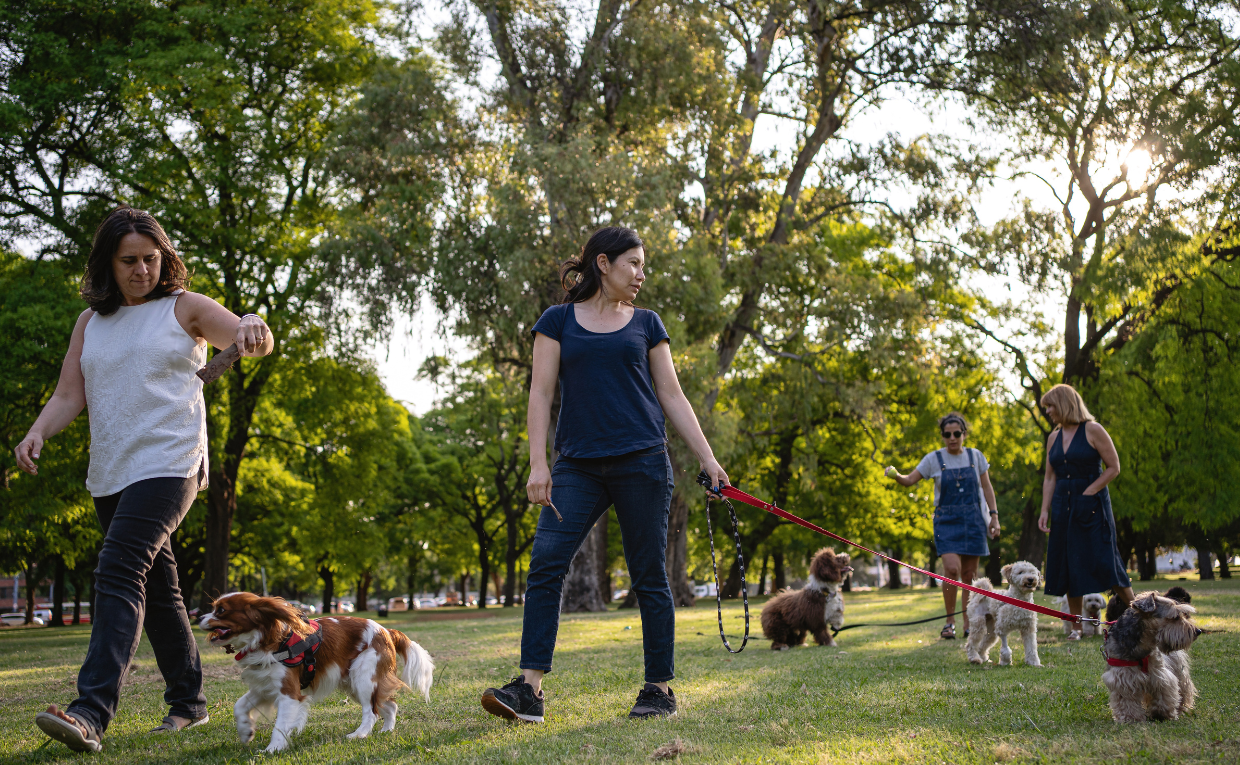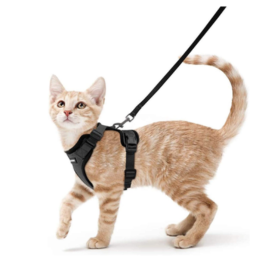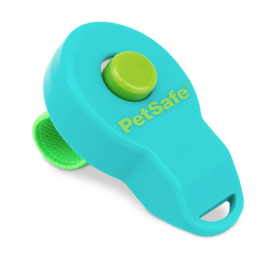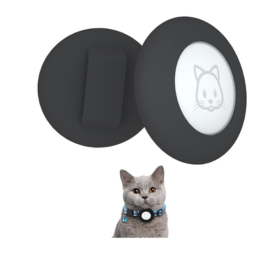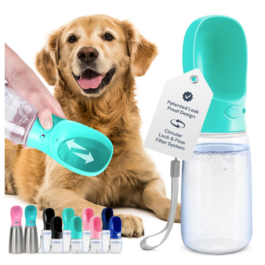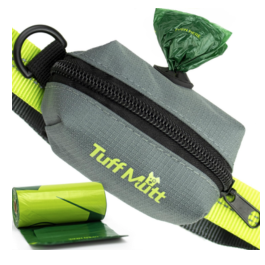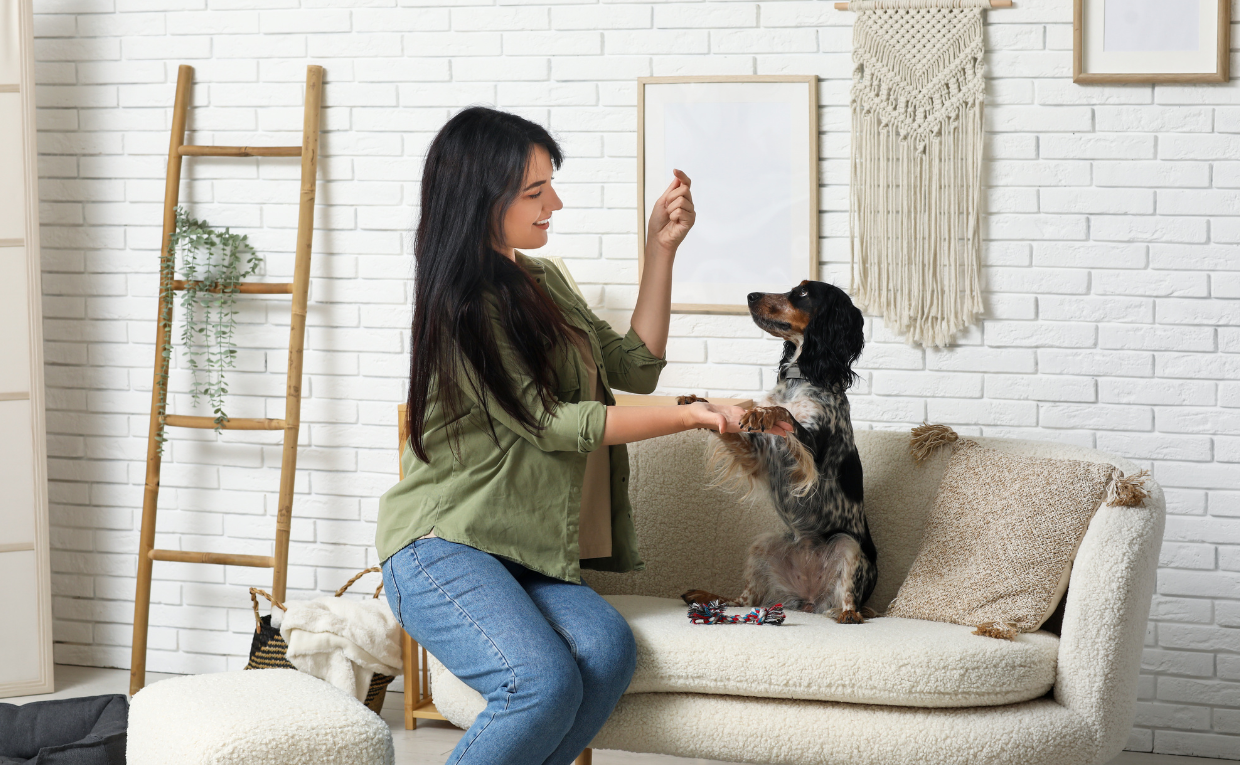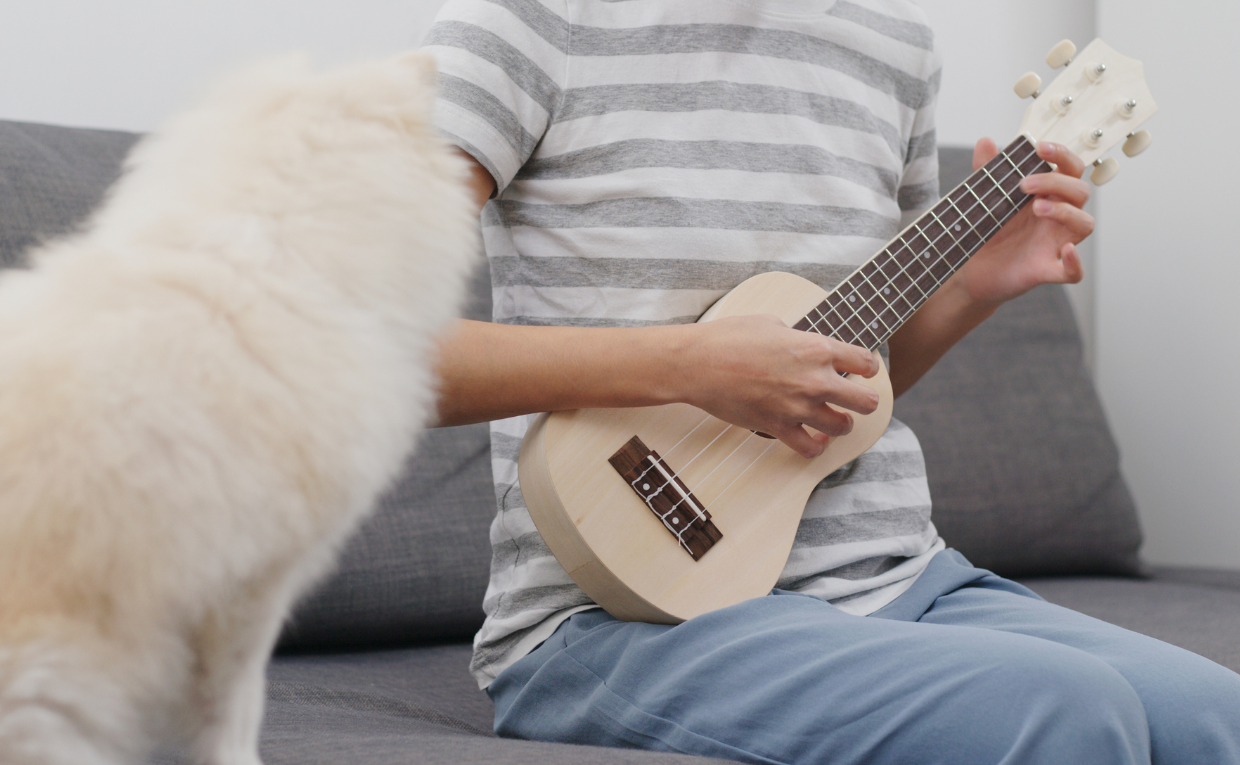As pets become part of our families and lifestyles, more people are taking their furry companions on adventures — to cafes, public parks, beaches, and even city trams. But navigating public spaces with pets requires patience, training, and awareness.
Teaching your dog or cat how to behave calmly and respectfully outside the home not only keeps them safe but also helps build a more pet-friendly world for everyone.
Let’s explore how to train your pets for confident, stress-free outings — whether you’re strolling through the park or hopping onto the tram.
The Rise of Public Transit Pets
Public transport systems are increasingly welcoming pets — from Paris metros to Sydney ferries and New York subways. In one of our earlier stories, we saw how calm and disciplined behavior can turn furry passengers into viral sensations.
Their secret? Consistent socialization, gentle desensitization to sounds and motion, and proper travel gear. Let’s break that down for your own pets.
Step 1: Start with Desensitization
The first step to good public behavior is helping your pet get used to new sights, sounds, and smells.
- For Dogs: Begin by taking short walks near busy streets, then gradually introduce them to outdoor seating areas or markets. Use positive reinforcement (treats and calm praise) whenever they remain relaxed.
- Try Pet Training Treets— low-calorie, bite-sized, and perfect for rewarding good behavior.
- For Cats: Use a cat harness indoors first, then let them explore your garden or balcony before heading into a park or public transport.
We recommend the Cat Leash Set— escape-proof and soft for feline comfort.
Step 2: Train Calmness Before Confidence
Before stepping into a tram or park, your pet should master basic commands and impulse control.
For Dogs:
Teach “sit,” “stay,” and “leave it.” These cues can prevent lunging at people, barking at other dogs, or running off. Use short 10-minute daily training sessions at home first.
Try the Traing Clicker— helps reinforce calm, positive behavior.
For Cats:
Yes, cats can learn cues too! Start with short crate training sessions — reward your cat when they sit quietly or allow you to clip the harness. Eventually, they’ll associate public trips with positive outcomes, not stress.
Step 3: Practice in Controlled Outdoor Settings
Before a crowded park or tram, start in quiet, pet-friendly areas like your yard or a small garden.
If you’ve read our Fun Outdoor Activities guide, you’ll know that outdoor socialization works best when pets feel comfortable and have structured playtime.
Keep sessions short — 15–20 minutes — and gradually add new stimuli: children playing, cyclists passing, or birds nearby.
Use the No Pull Dog Harness to maintain gentle control during outdoor training.
Step 4: Prepare for Public Transport
Trains and trams can be overwhelming — the sounds, movement, and people require patience and calm.
For Dogs:
- Before boarding, ensure your dog has gone potty. (If not, review our Potty Training Tips).
- Use a short leash and keep your pet close but relaxed.
- Always choose a quieter area of the tram or bus, and reward calmness.
For Cats:
Cats should always be in a secure, breathable carrier when using public transport. Line it with their favorite blanket and a small treat to associate comfort.
For travel guidance, revisit our How to Safely Travel with Pets and Pet Travel Essentials for comprehensive checklists.
Step 5: Use Modern Tech for Safety
Even the most obedient pet can get startled in a public space. That’s where GPS technology helps ensure you never lose track.
- Use satellite-based containment systems to define boundaries.
- For portable safety, consider trackers like Apple’s AirTags.
Buy the Air Tags and pair it with a Waterproof Pet Collar for peace of mind during outings.
Step 6: Keep Hydration & Comfort a Priority
Whether in a tram, car, or park, hydration matters, dehydration can lead to anxiety and fatigue.
Carry a collapsible travel bowl and offer small amounts of water during breaks.
We love the Portable Dog Water Bottle — leak-proof and travel-friendly.
For cats, pack wet food pouches or water-rich treats.
Step 7: Mind Public Etiquette
Public spaces are shared, so respectful pet behavior keeps access open for all.
- Always clean up after your pet — it’s the simplest act of courtesy.
- Keep your dog leashed unless it’s a designated off-leash zone.
- Don’t allow cats or dogs to approach strangers without permission.
- If your pet seems uncomfortable, leave early rather than forcing them to stay.
Carry a Biodegradable Poop Bag Dispenser Set to stay responsible on walks.
Step 8: Enrich Outdoor Experiences
Once your pet feels confident in public, make outings rewarding! Visit dog-friendly trails, seaside cafes, or even music picnics.
Pair these moments with small treats or gentle praise — your pet will associate public spaces with joy, not stress.
Step 9: Reinforce Familiarity and Routine
Routine helps pets predict what’s next, reducing anxiety. Use the same travel bag, harness, or blanket every time. For longer adventures, carry a few toys that remind them of home.
The Classic Dog Toy keeps dogs engaged while waiting in trams or cafes.
Cats love the Banana Toy — perfect stress reliever on the go.
Step 10: Celebrate Small Wins
Every calm tram ride or polite park walk deserves celebration. Training is not about perfection but consistency.
Take photos, share progress, and inspire others to raise well-behaved pets who make public spaces friendlier for all.
And remember — as seen in our New York subway cat heroes, well-trained pets not only travel safely but bring smiles to everyone around them.
Final Thoughts
Training cats and dogs for public life takes time, empathy, and steady exposure. Start slow, reward often, and keep their emotional comfort first.
Whether you’re strolling through a park, traveling across cities, or hopping on the tram — a calm, confident pet reflects your effort and care.
So next time you pack up for an outdoor adventure, bring treats, water, and patience — because good behavior begins with trust, and every outing is a chance to strengthen your bond.
For more guides on pet travel, hydration, and outdoor safety, explore all our related posts on All Furry Tales — where happy journeys begin, one paw at a time.
Affiliate Disclosure:
This article contains affiliate links. As an Amazon Associate, All Furry Tales earns from qualifying purchases, at no extra cost to you.

